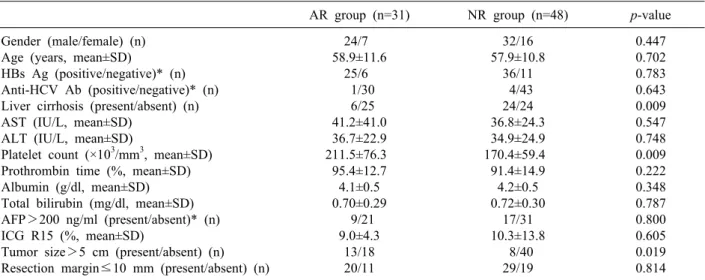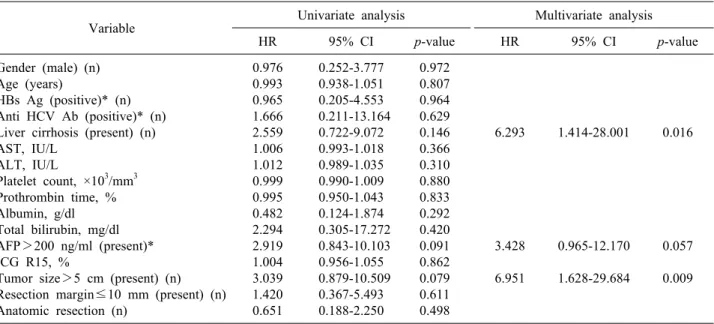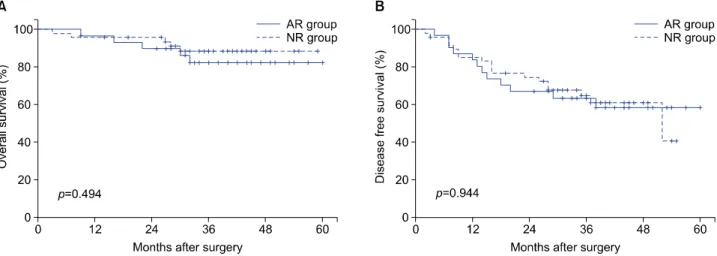Outcomes and recurrence pattern after non-anatomic liver resection for solitary hepatocellular carcinomas
전체 글
수치




관련 문서
In this study, we have analyzed the future trends, the pattern of spatial location and profitability of manufacturing companies, and the relationship with
The associations of hepatic steatosis and fibrosis using fatty liver index and BARD score with cardiovascular outcomes and mortality in patients with new‑onset type 2
1 reported the usefulness of the metabolic score for insulin resistance (METS-IR) in the screening and prediction of non- alcoholic fatty liver disease (NAFLD) in middle-aged
Purpose: Giant cell tumor of the tendon sheath are the most common tumors after ganglionic cysts in benign soft tissue tumors which could be recurred after surgical
Plasmakinetic TUERP for large volume benign prostatic hyperplasia is associated with greater resection chip weight and resection ratio, more improvement in
Devices that satisfy cohesion include recurrence, partial recurrence, and junctive expressions, and this study analysed what effects such devices that appear in Gorye
Effect of caloric restriction on the expression of PGC-1 and PPARs mRNA in liver of Otsuka Long-Evans Tokushima Fatty Rats.. Long-lived growth hormone
This study focuses on the overall survival(OS) and the re-recurrence free survival (RFS) rates for patients according to the Milan criteria status at the time of recurrence as